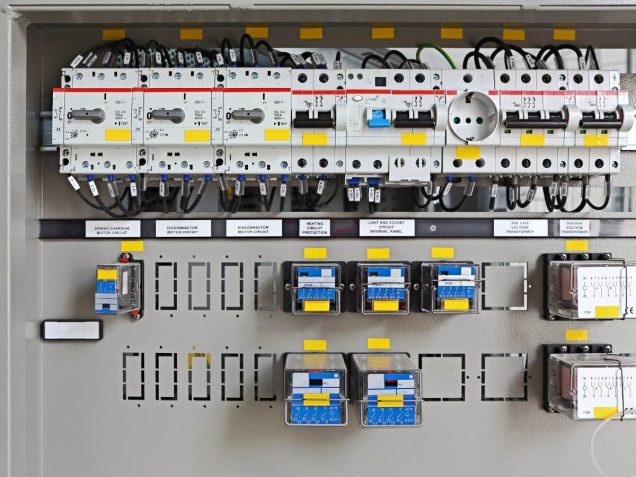Electrical load capacity is the total amount of electrical power being provided for your home use. The electrical capacity is measured in amperage (amps).
Calculating the total amount of electricity your home needs is by calculating the amperage of all the appliances and gadgets in the house and the fixtures. It is recommended that the total load should never go beyond 80% of the electrical service’s capacity.
Using simple maths, you need to know what watts, volts and amps are; volts x Amps= Watts, and Watts/Volts=Amps.
For example, a 20-amp, 120-volt branch circuit has a total capacity of 2,400 watts (20 amps x 120 volts). Since the standard recommendation is for the load to total no more than 80 percent of the capacity, this means that the 20-amp circuit has a realistic capacity of 1920 watts. So to avoid the danger of circuit overloads, all the light fixtures, and plug-in appliances together on this circuit should consume no more than 1,920 watts of power.
The same formula can be used to determine the capacity of the house’s overall electrical service. Because a home’s main service is 240 volts, the math looks like this:
240 volts x 100 amps = 24,000 watts
80 percent of 24,000 watts = 19,200 watts
In other words, a 100-amp electrical service should be expected to provide no more than 19,200 watts of power load at any given time.
For more information or assistance during normal business hours, call or e-mail TPS at the phone number above. You can also complete and submit our Service Project Inquiry form.

